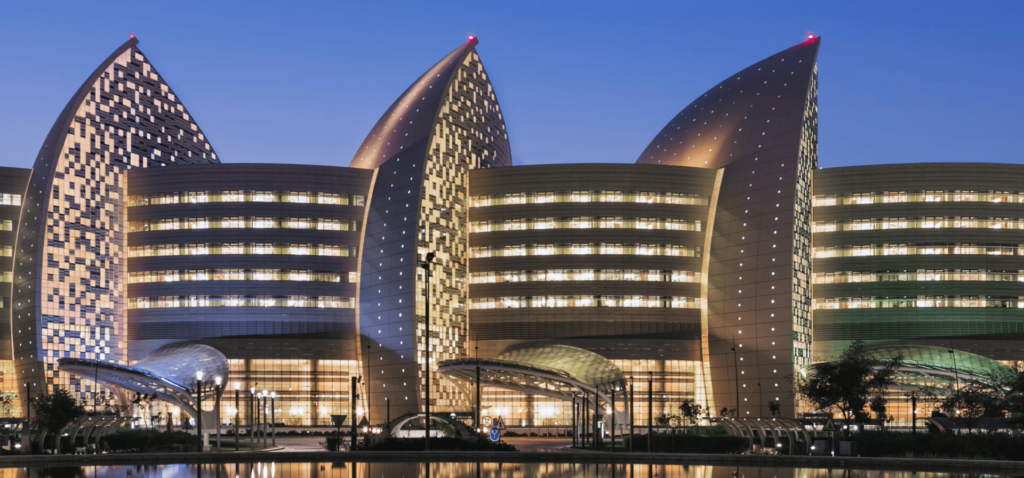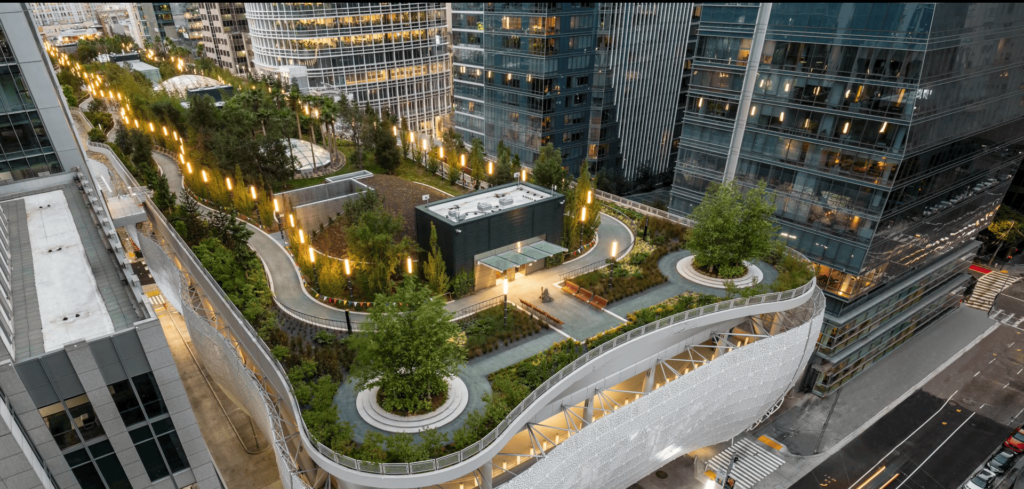In the evolving landscape of architectural design, augmented intelligence emerges as a pivotal force, revolutionizing the way parametric design interfaces operate. Parametric design, traditionally reliant on manual coding, now benefits from the seamless integration of coding into the background, courtesy of innovative platforms like CATIA offered by Dassault Systèmes.
The Dawn of Augmented Intelligence in Parametric Design
In the emerging AI era, interfaces are increasingly AI-based, with programs like CATIA offering the ability to engage in parametric design without the user’s direct involvement in coding. It is within this framework that Dassault Systèmes provides solutions that architects and design professionals utilize to create innovative projects while adhering to stringent schedules and budgets.
Introduction to Ke Wei Chang and His Firm
Ke Chang is recognized as an architect with a significant role in his firm, serving as an associate principal at Pelli Clarke and Partners. The firm is globally celebrated for its sensibility in place-making, not only in Denmark tower designs but also in a diverse range of projects encompassing hospitality, education, and transportation sectors.
These include the 140,000 square meter Sidra Medical Research Center in Doha, the LEED Gold Salesforce Transit Center in San Francisco featuring a 4.5-acre park atop the facility, and a complex 320 meters office tower in Nanjing with a double-curved facade and twisting structure.
Navigating the Complexities of Innovative Design and Construction
In the realm of architecture, the endeavor to meet schedules and budgets while producing unique designs presents notable challenges. A case in point is the experience of a renowned architectural firm, acclaimed for its place-making sensibility in various sectors, including hospitality and transportation.
To address these issues, the firm leverages the capabilities of CATIA on the 3DEXPERIENCE platform, which embodies what is referred to as ‘augmented intelligence.’
Before we delivered the TD set of an enclosure project which has more than 6000 panels and the architect of the record told us that we needed to add one eight-an-inch to all the panels. We did that in 5 minutes in CATIA
– Ke Wei Chang, Architect, Associate principal Pelliclarke and Partners

Navigating Complexities in Project Execution with Augmented Intelligence
Challenges are inherent in the execution of large-scale architectural projects. An illustrative example is an enclosure project that involved over 6,000 panels. In such scenarios, precision becomes paramount, and even the slightest deviation can lead to significant complications.

Conclusion
The evolution of parametric design interfaces is showcased, where manual coding is no longer a prerequisite, allowing for a focus on design and innovation. The anticipation for future projects utilizing this advanced technology indicates a continued trend toward more sophisticated and intricate architectural achievements. The significance of CATIA in transforming the realm of design is affirmed, promising a future where the limits of architecture are constantly redefined.
To watch this User Testimony and to discuss with thousands of CATIA experts, join the free online user community: go.3ds.com/catia
